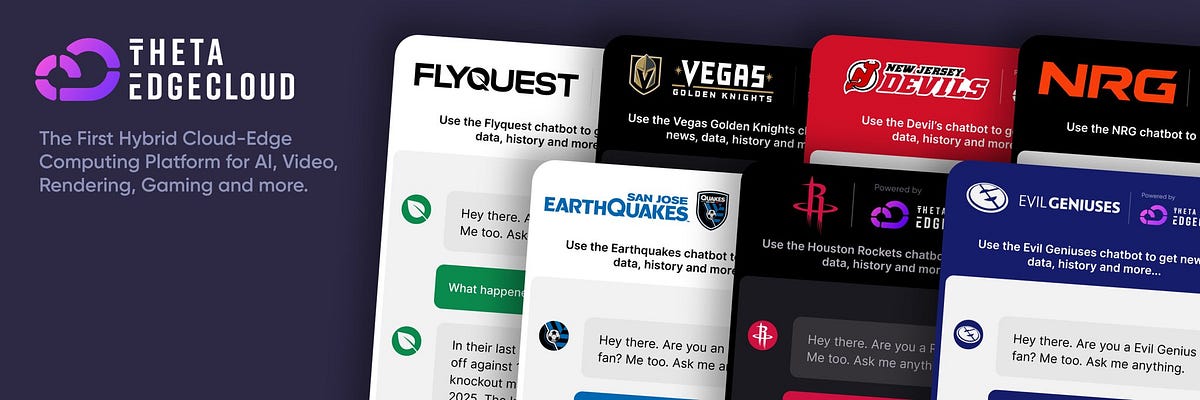Theta Ecosystem Expands with AI Innovations and Sports Collaborations

The Theta ecosystem is witnessing significant growth and adoption across various sectors, including sports, media, academia, and AI startups. In the latest April roundup, Theta has made headlines with its collaboration with the NBA’s Houston Rockets, launching an innovative AI-powered mascot named “ClutchBot.” This initiative marks a pivotal moment for Theta as it expands its influence in professional sports, showcasing the potential of AI technology in enhancing fan engagement and experience.
In addition to its partnership with the Houston Rockets, Theta is also making strides in Major League Soccer (MLS) by assisting the San Jose Earthquakes in launching the league’s first interactive AI agent chatbot. This development highlights Theta’s commitment to integrating AI solutions into sports, further establishing Theta EdgeCloud as a leading platform for AI applications in both professional sports and esports. The platform continues to attract a growing roster of team partners, solidifying its position in the market.
Moreover, academic institutions are increasingly recognizing the value of Theta’s technology. Stanford University’s AI Lab, led by Professor Vitercik, has begun utilizing Theta EdgeCloud for AI research, demonstrating the platform’s versatility beyond sports. Theta has also introduced the first decentralized On-demand AI Model API Service, which adds more AI models to EdgeCloud. This expansion is complemented by top esports teams like NRG and EvilGeniuses launching their own Agentic AI chatbots powered by EdgeCloud. As the Theta World Tour continues at events like Paris Blockchain Week and Token2049 in Dubai, the platform is gaining more press coverage and visibility in the blockchain space.
Related News





